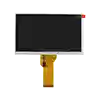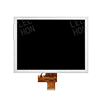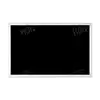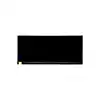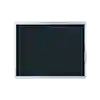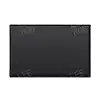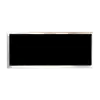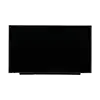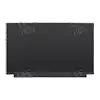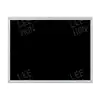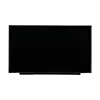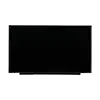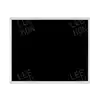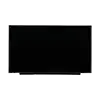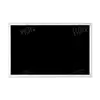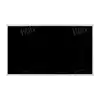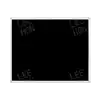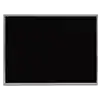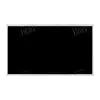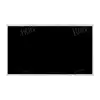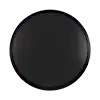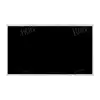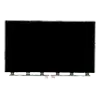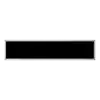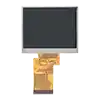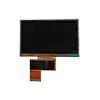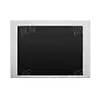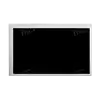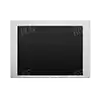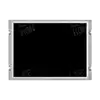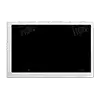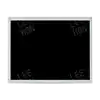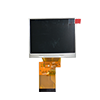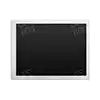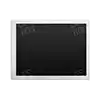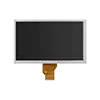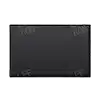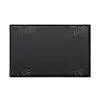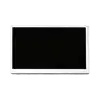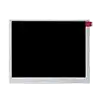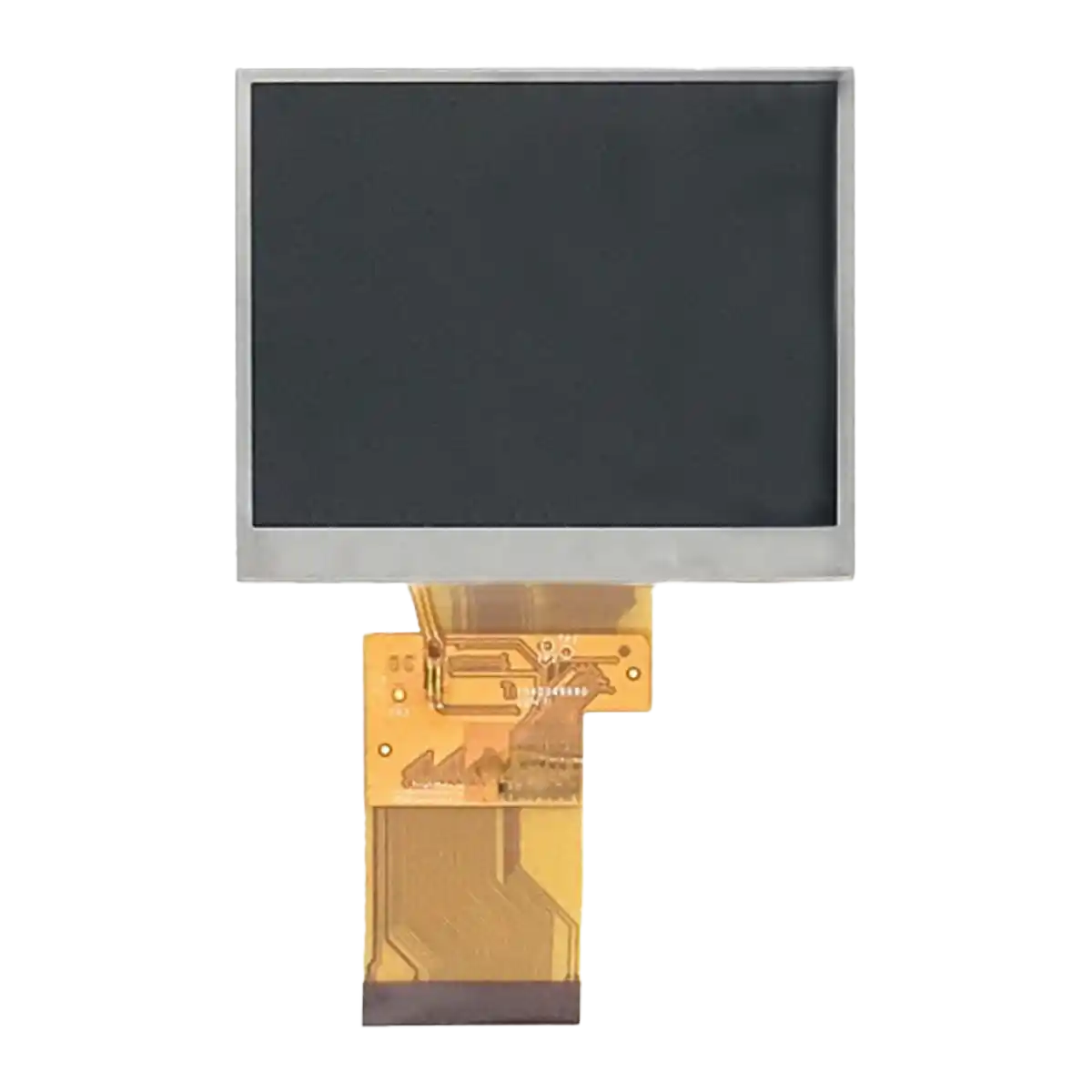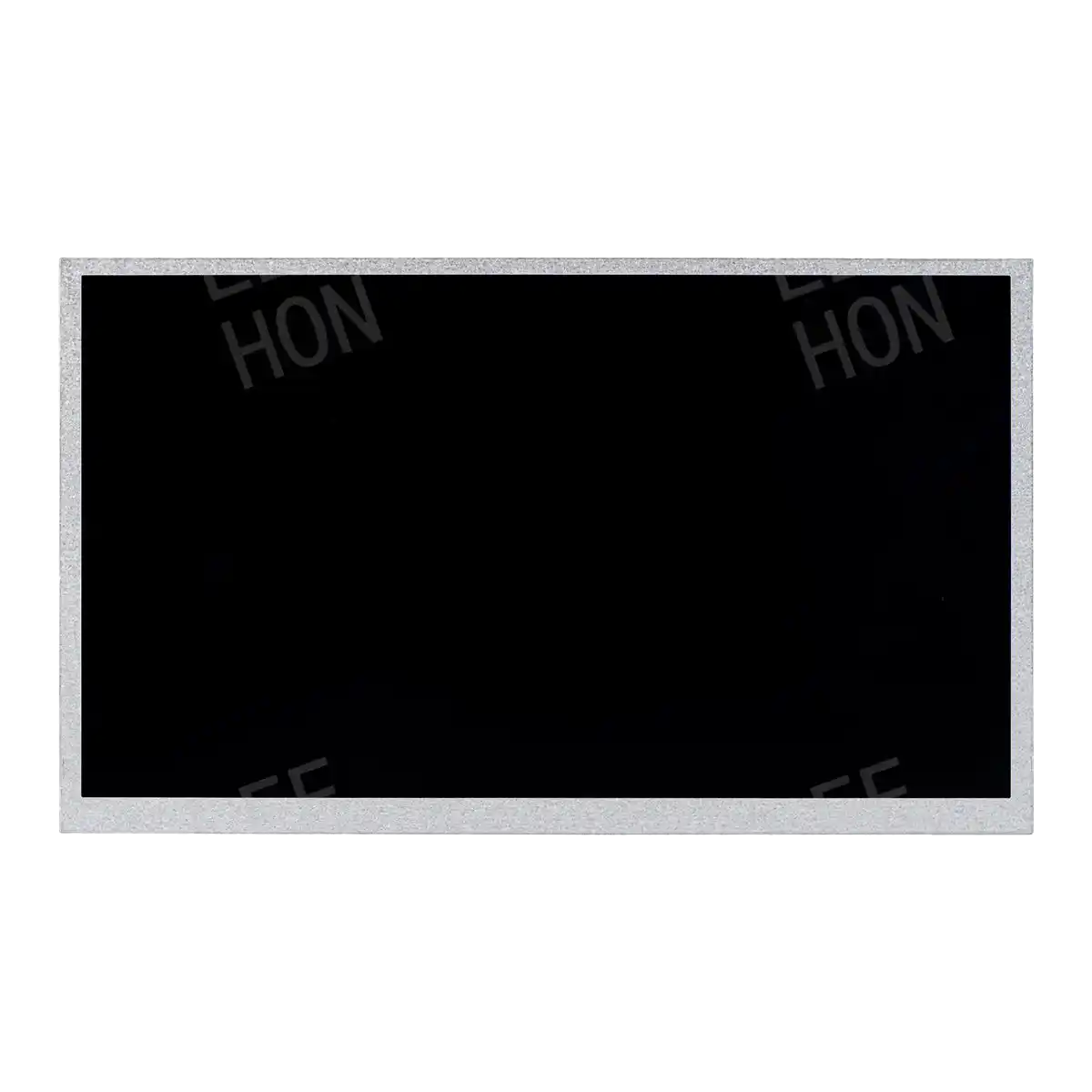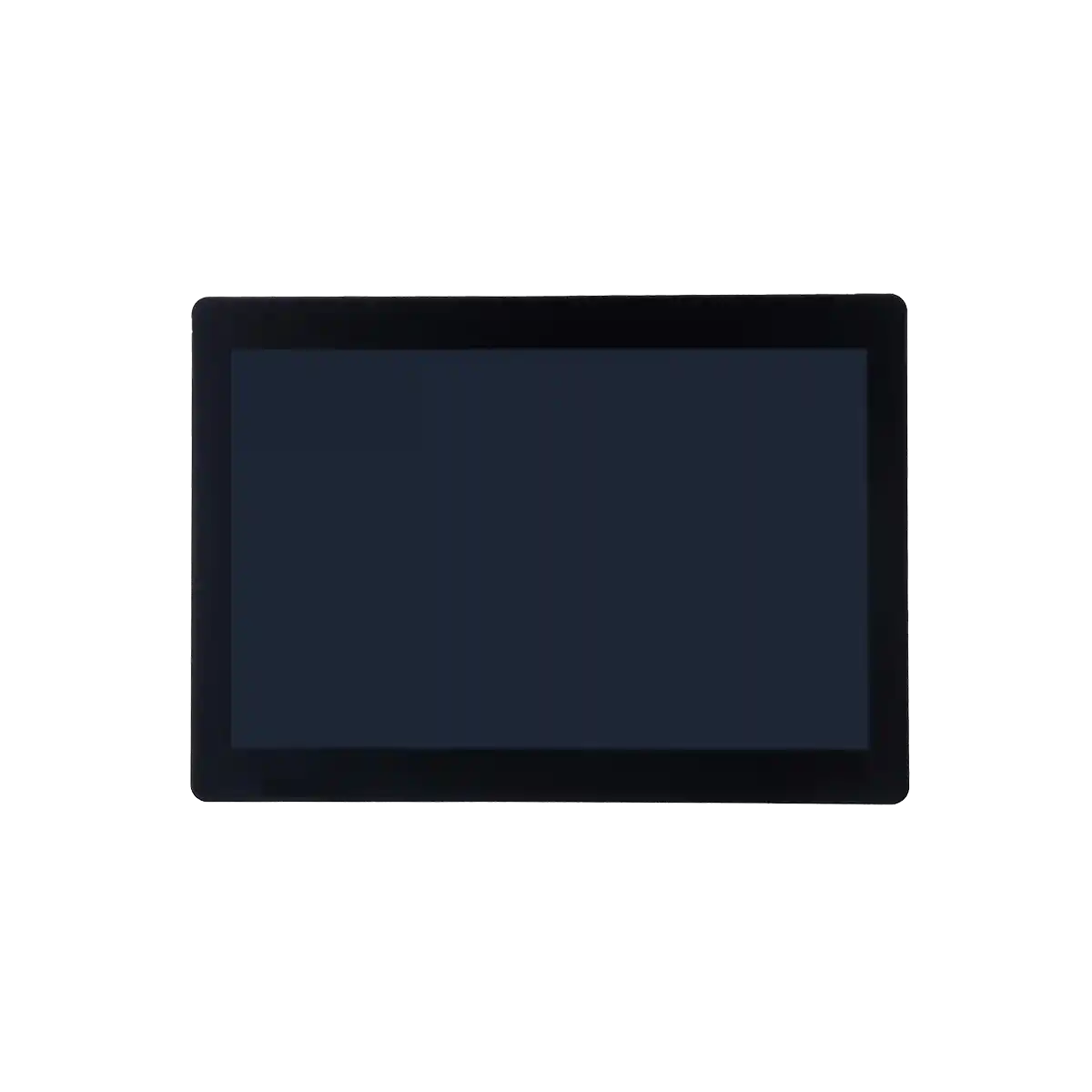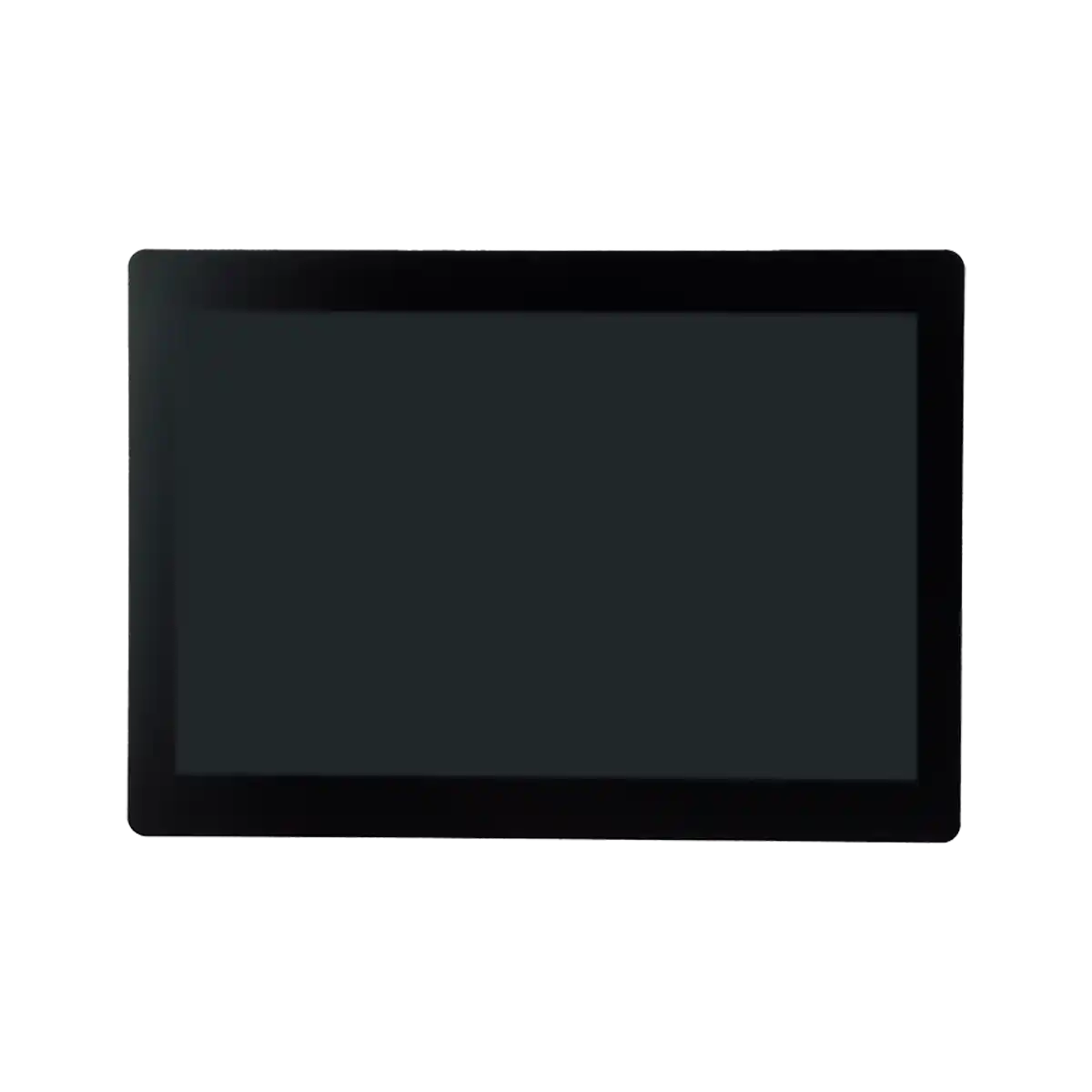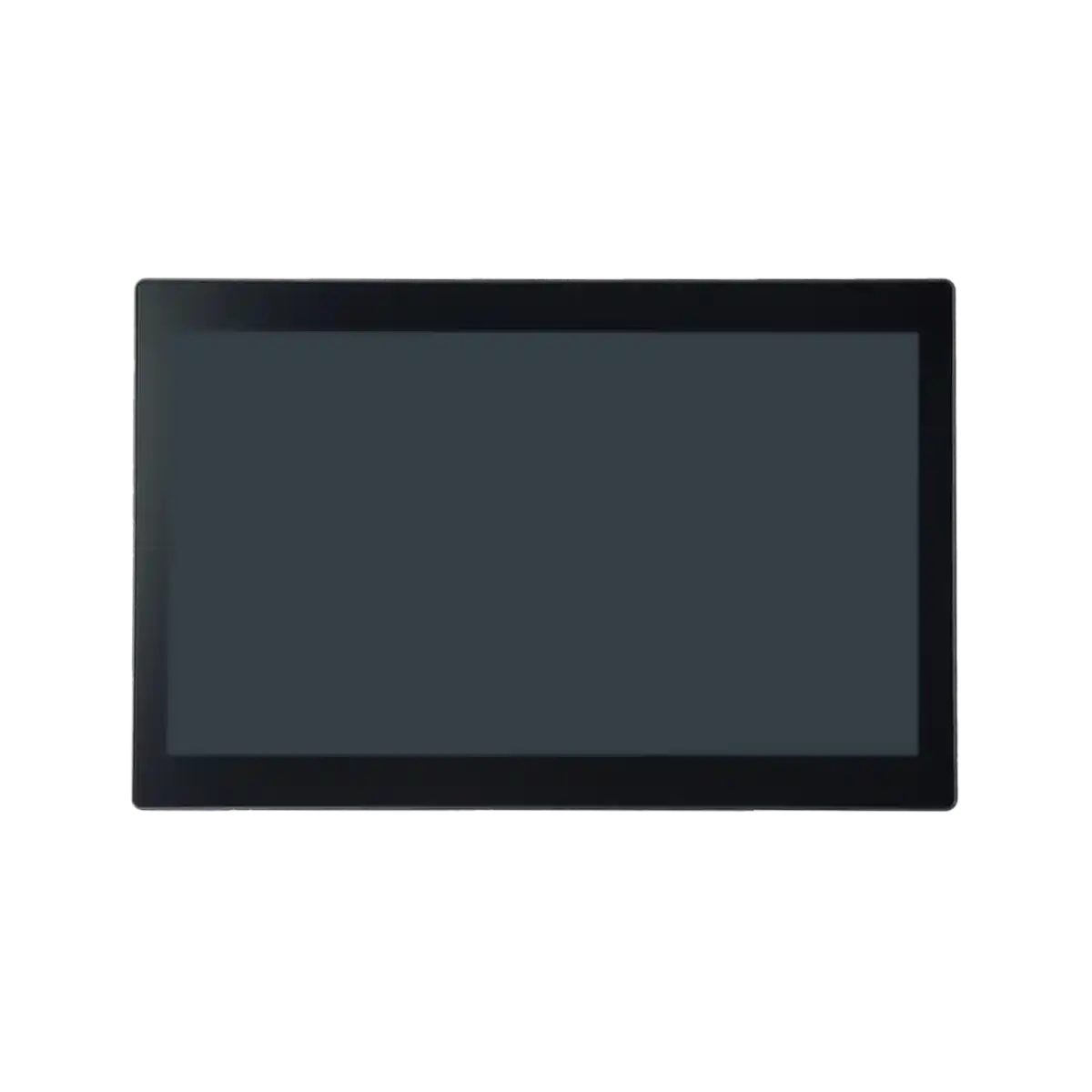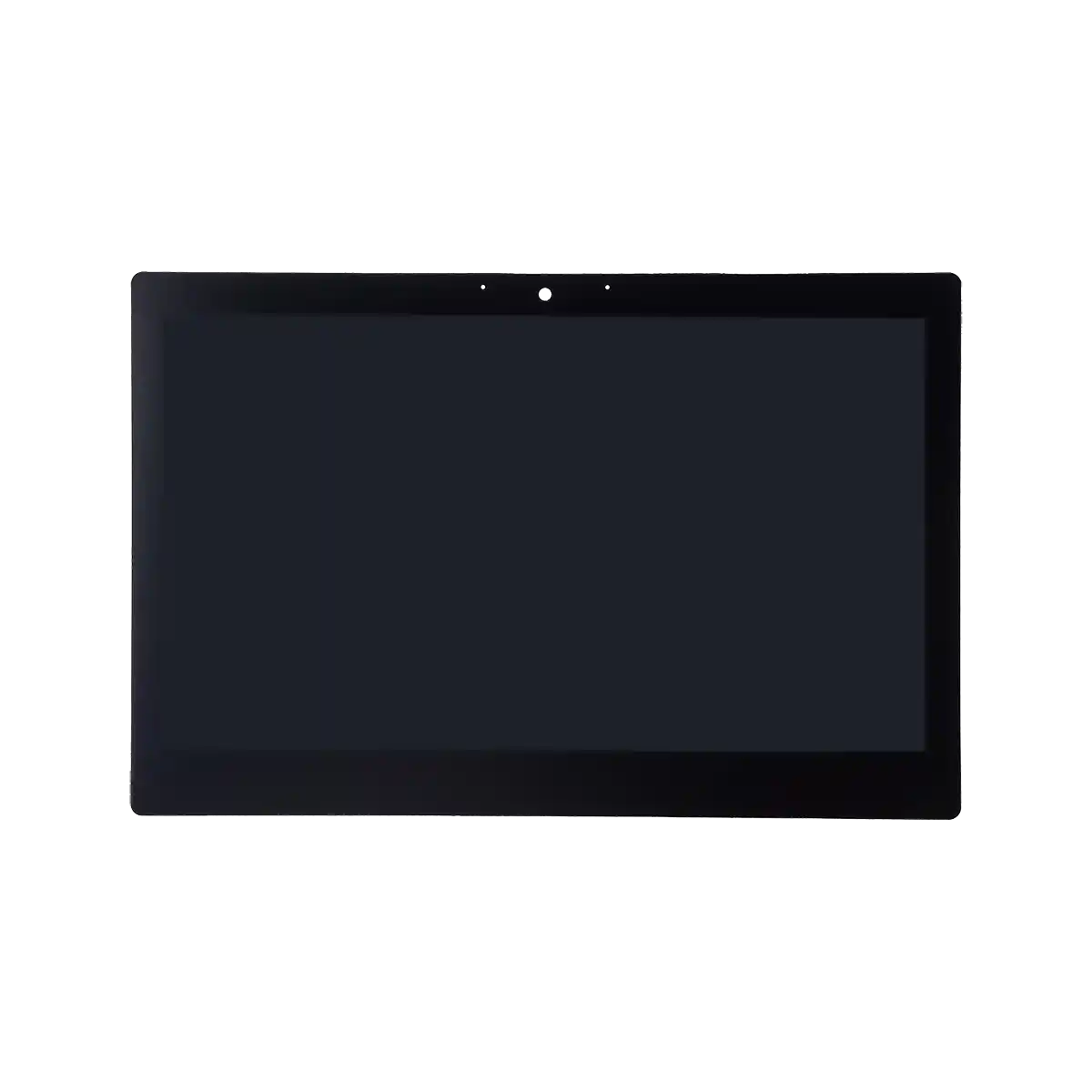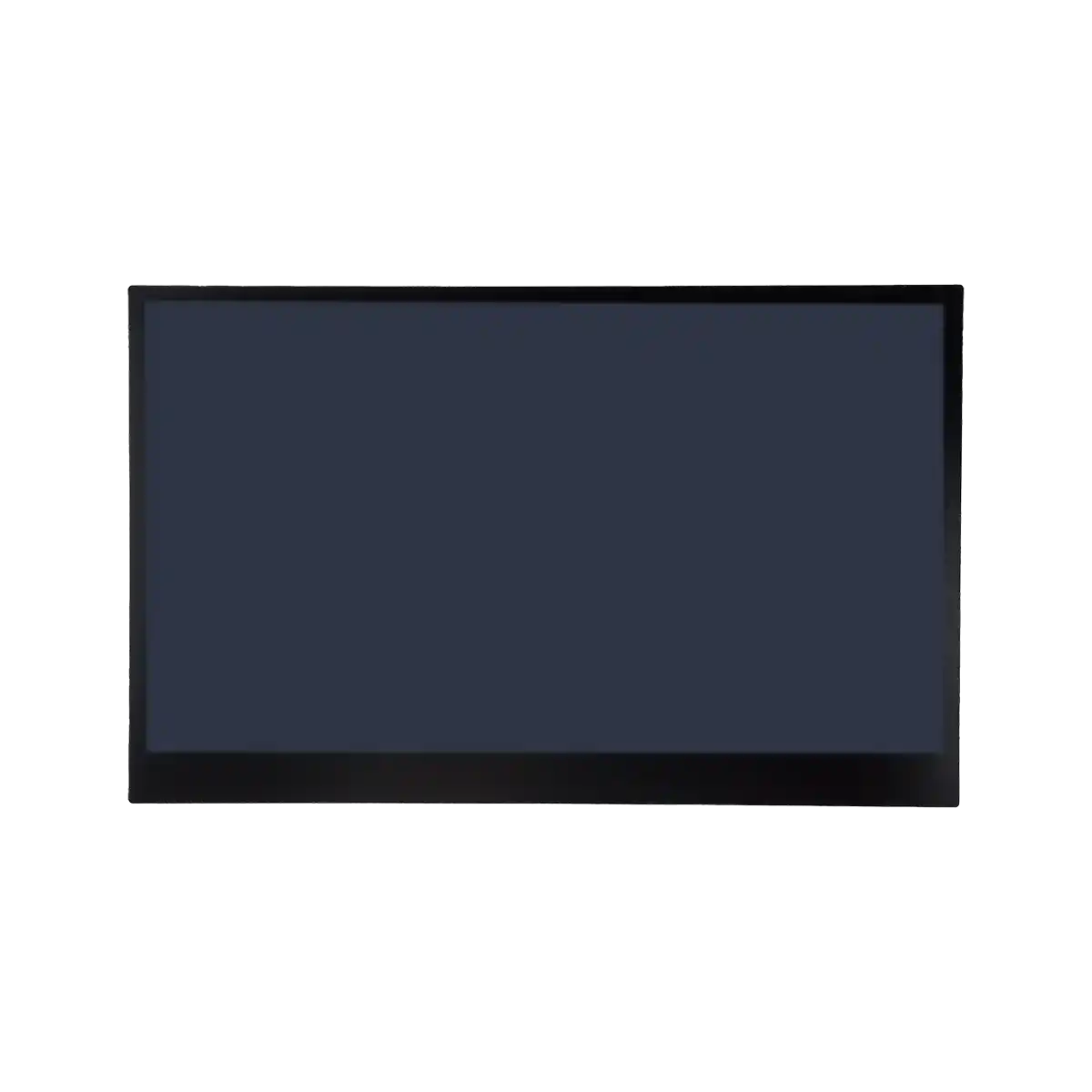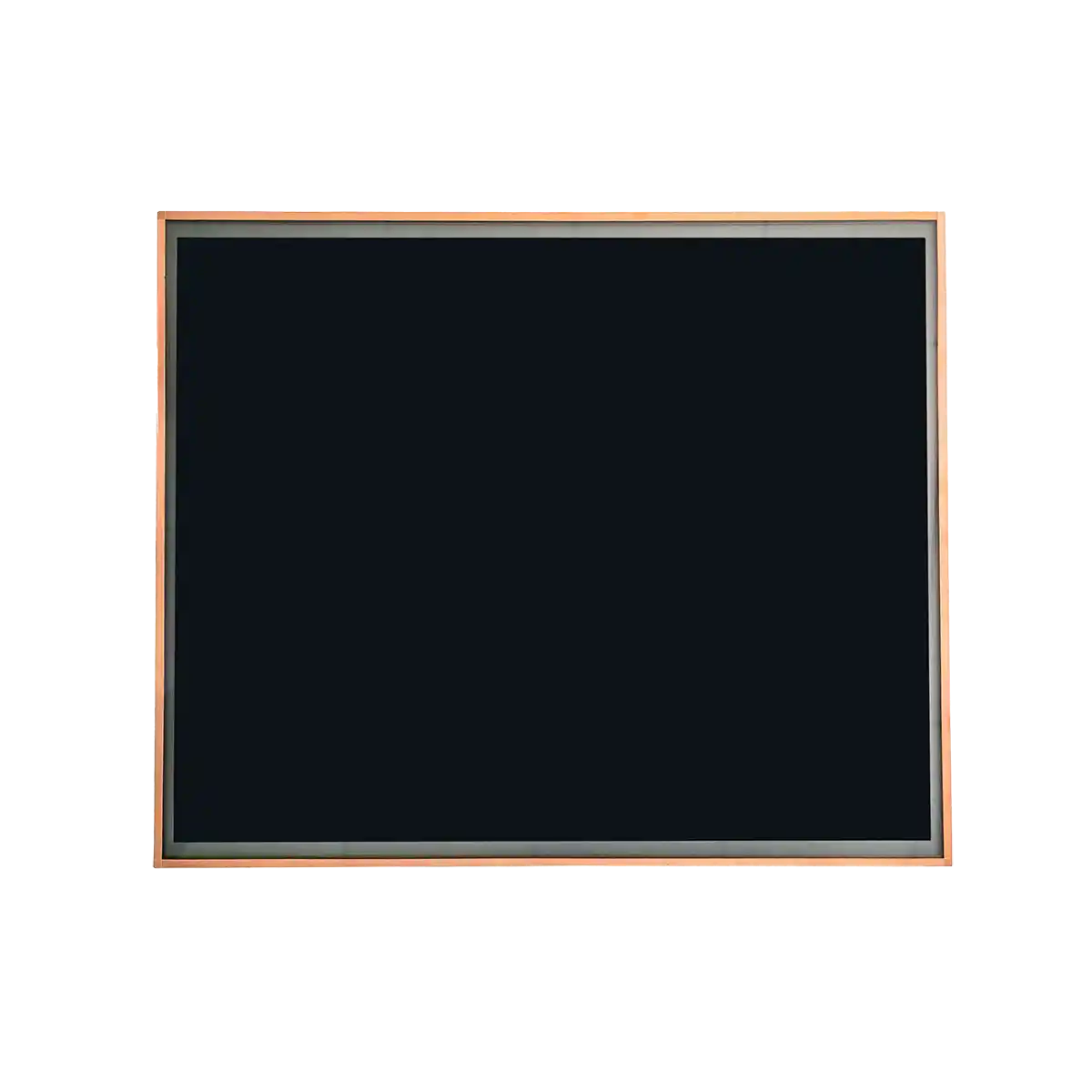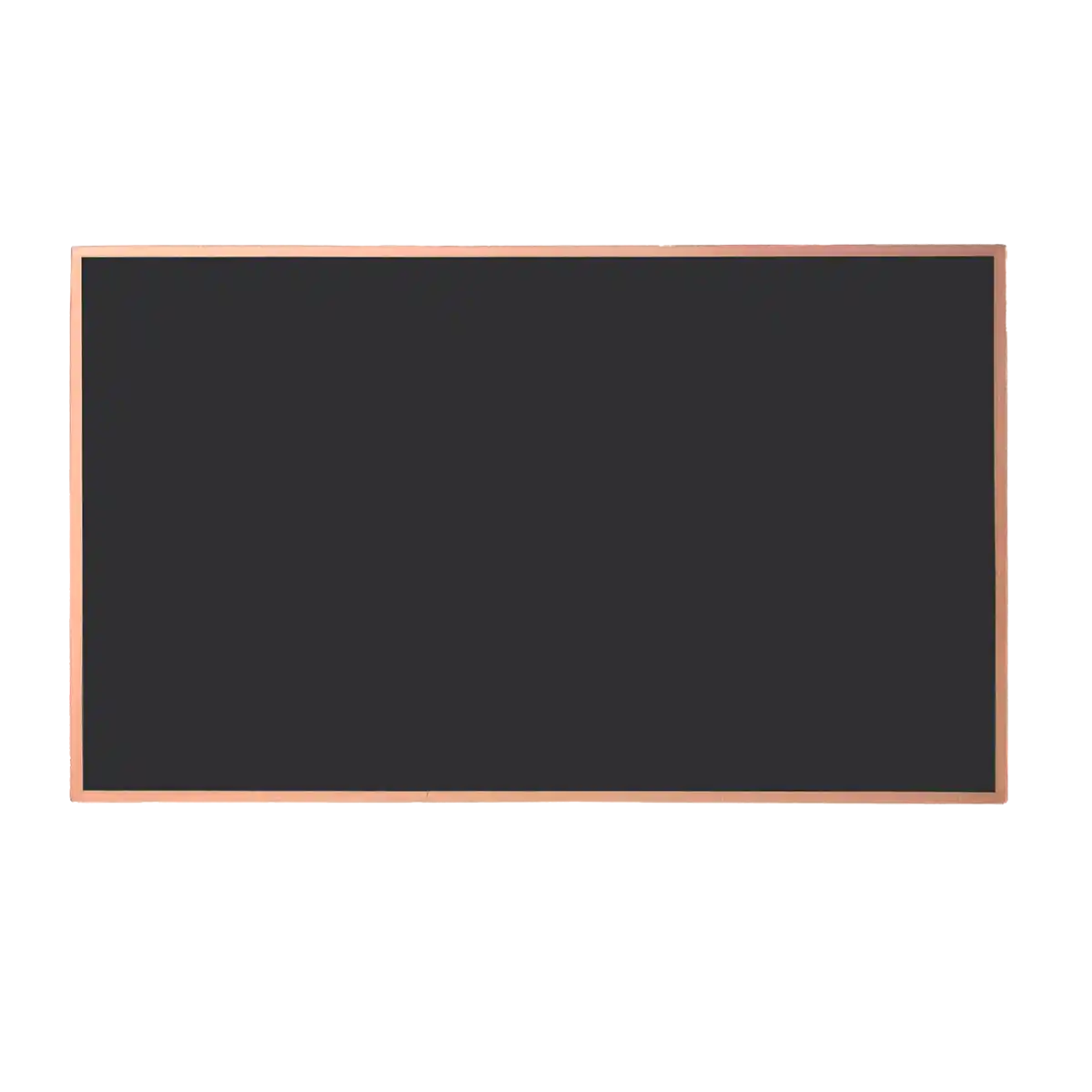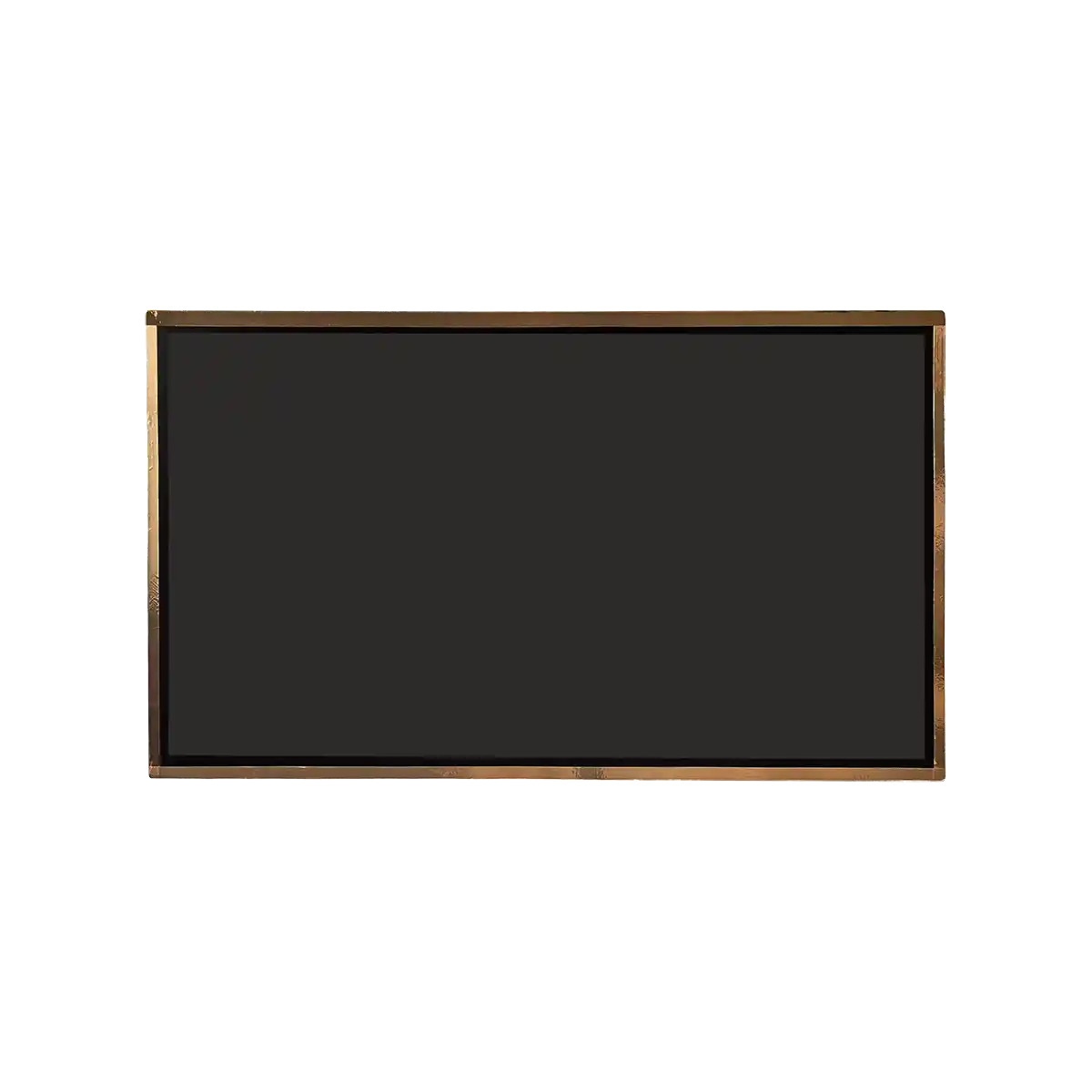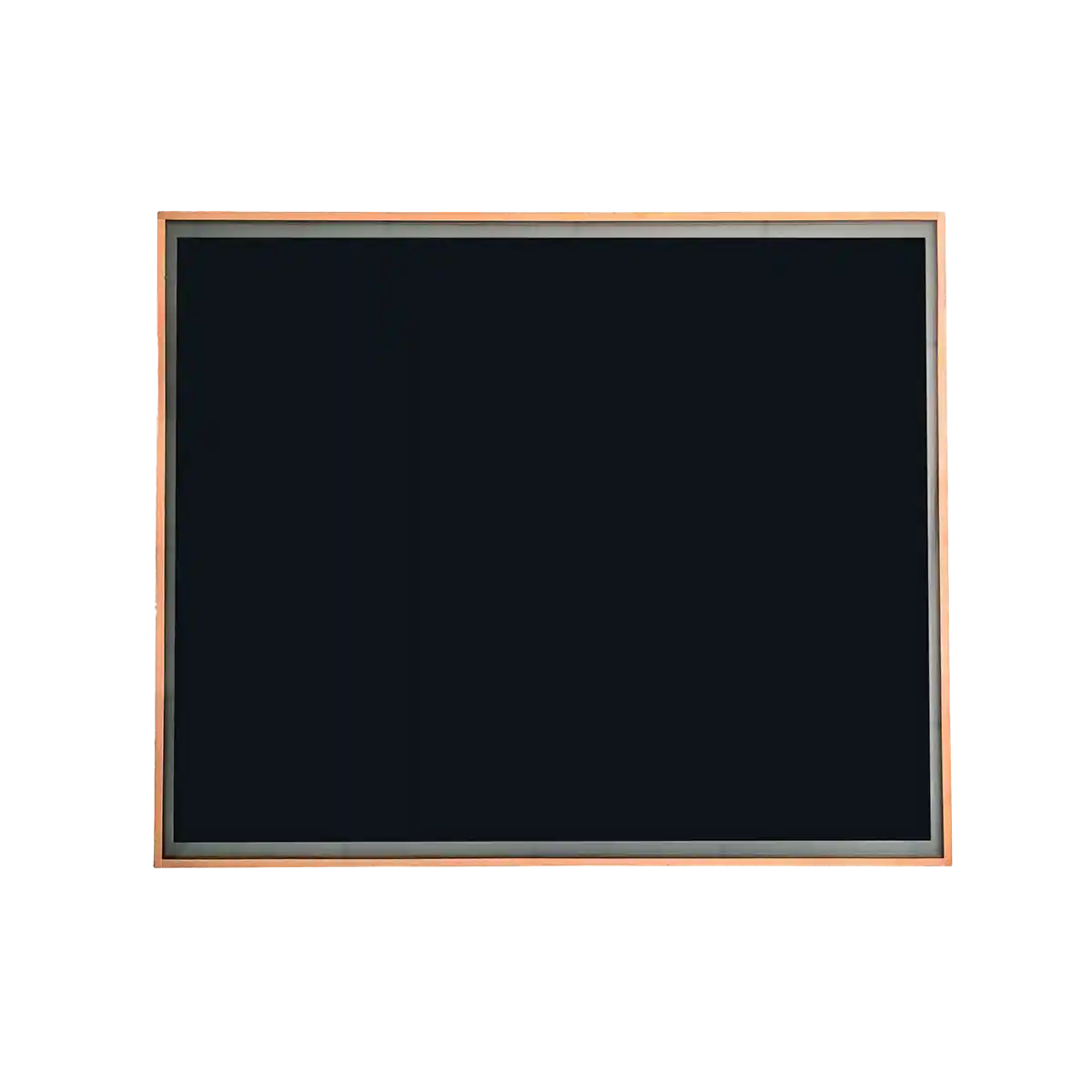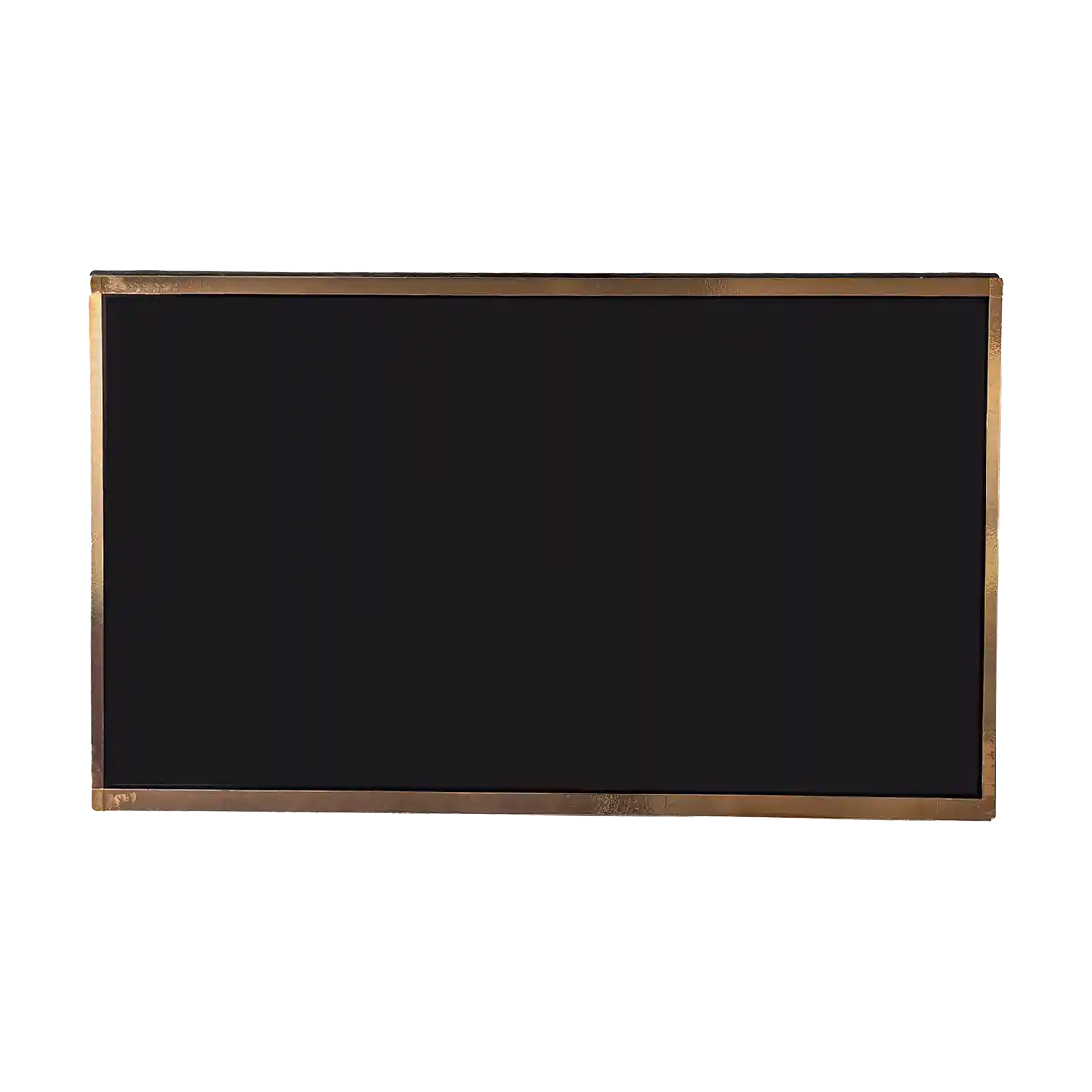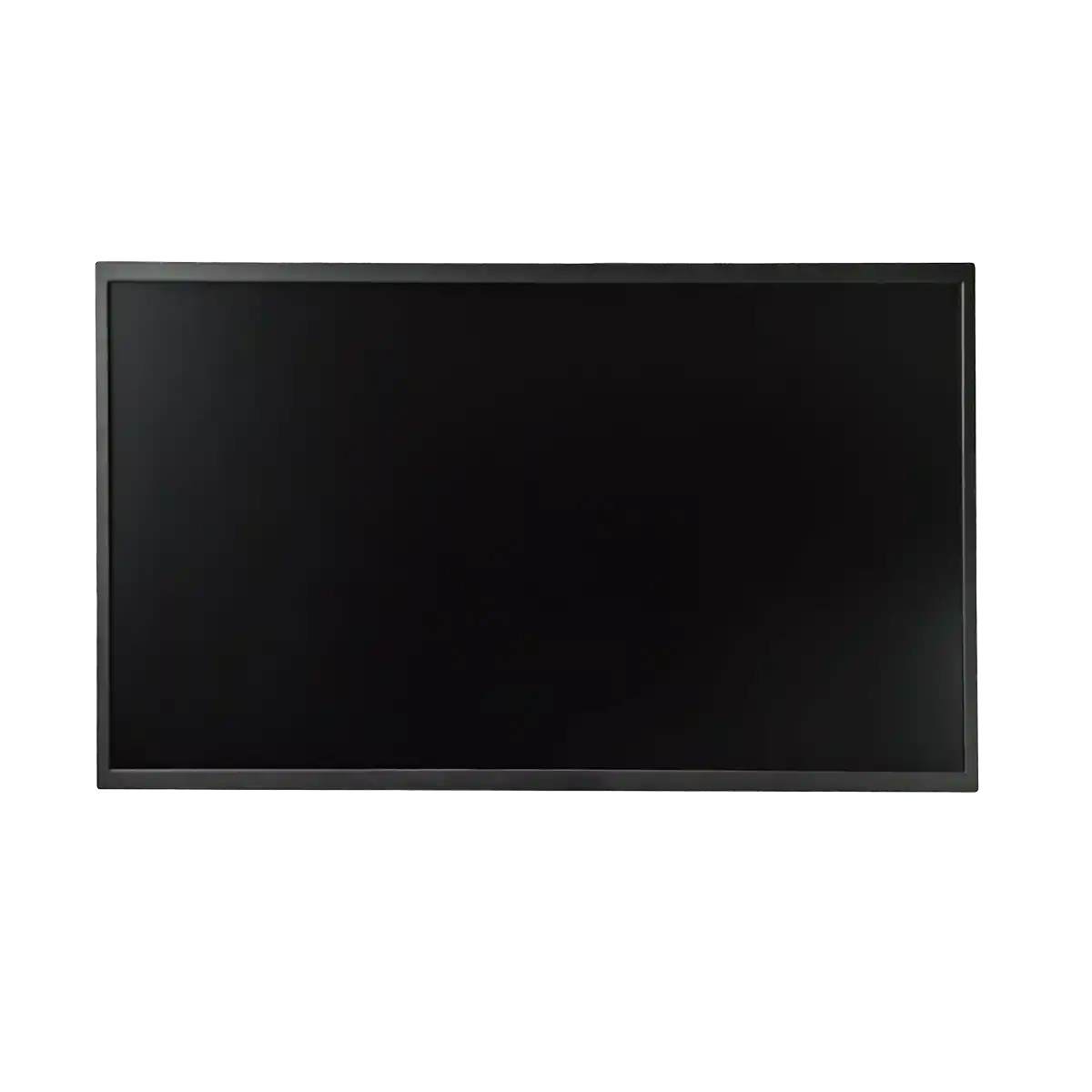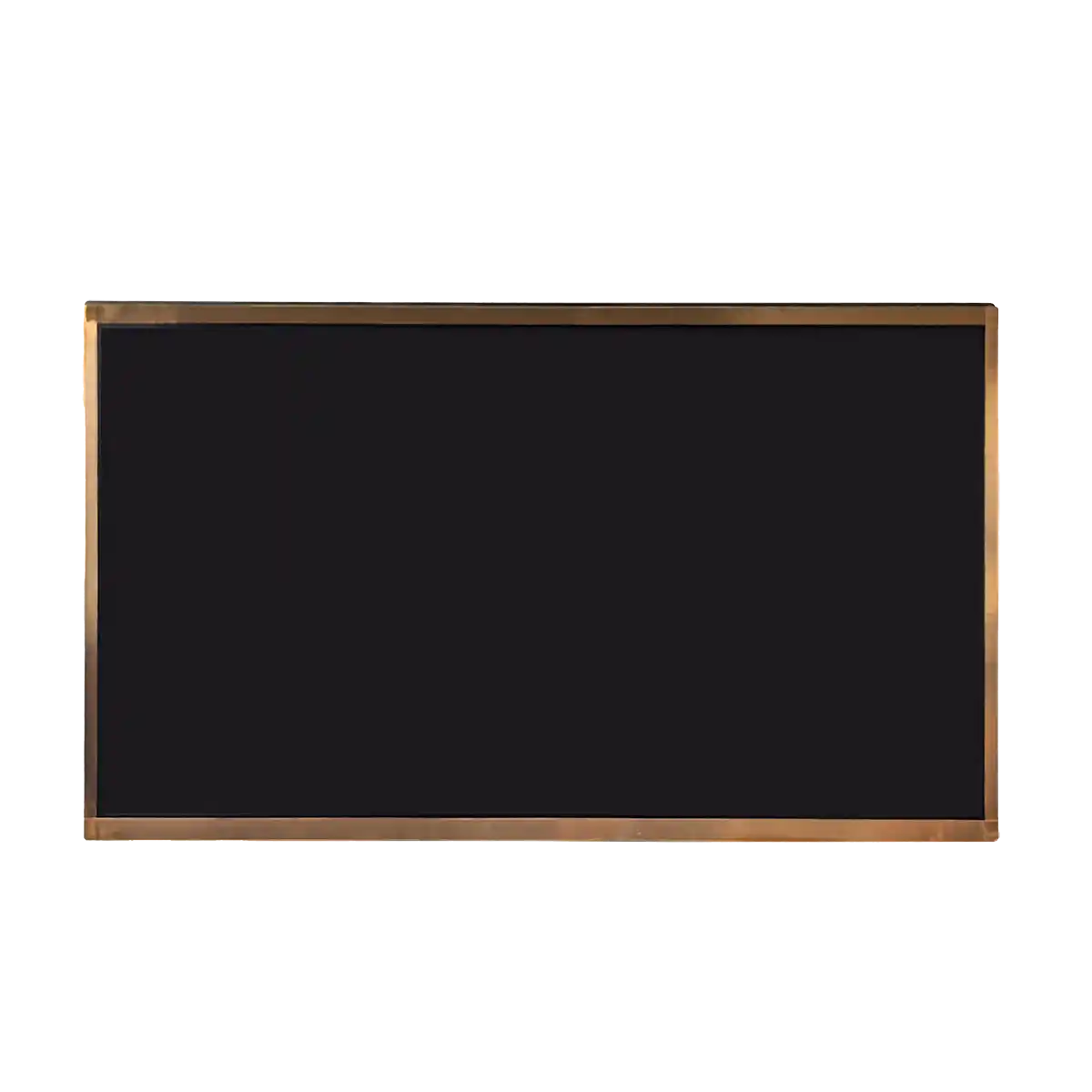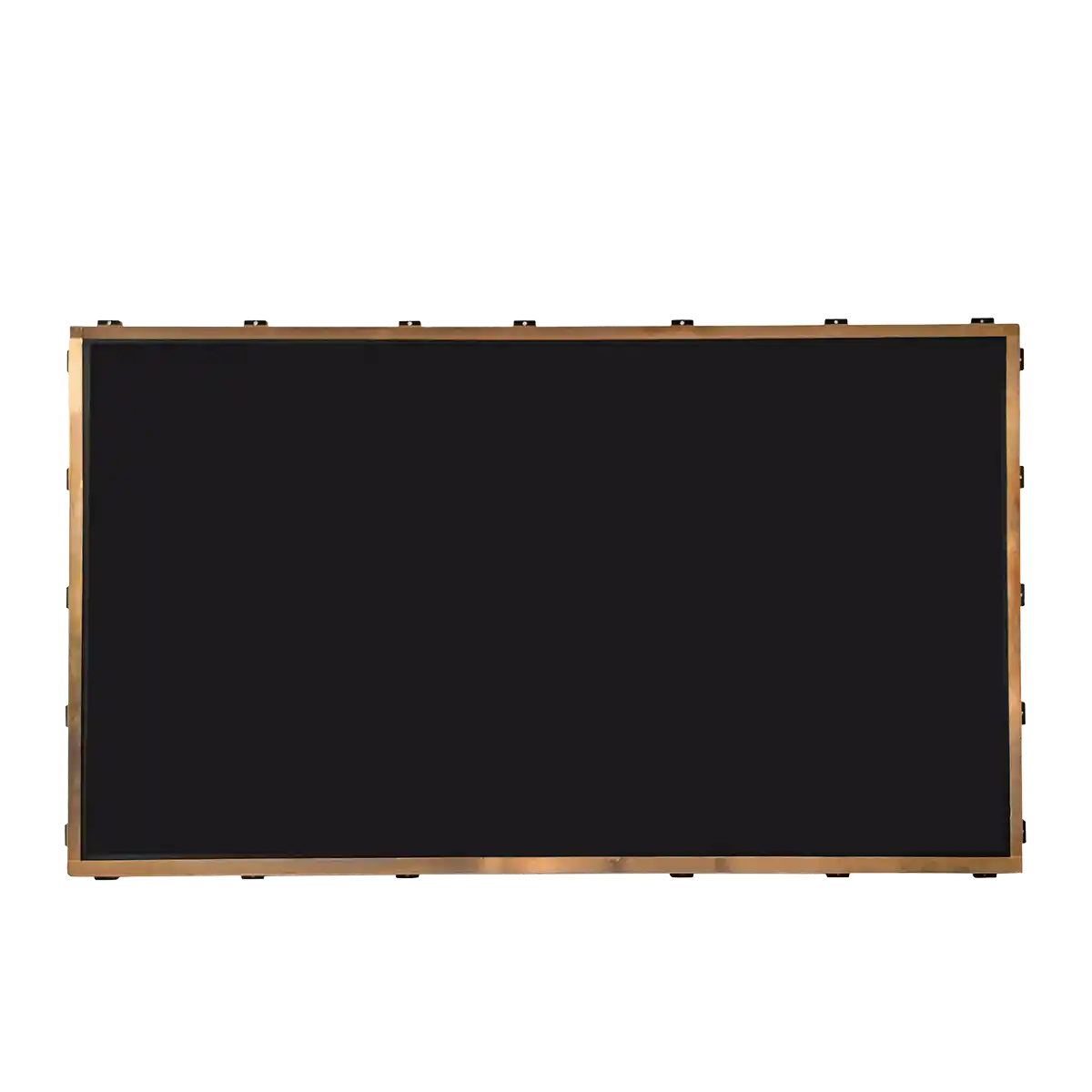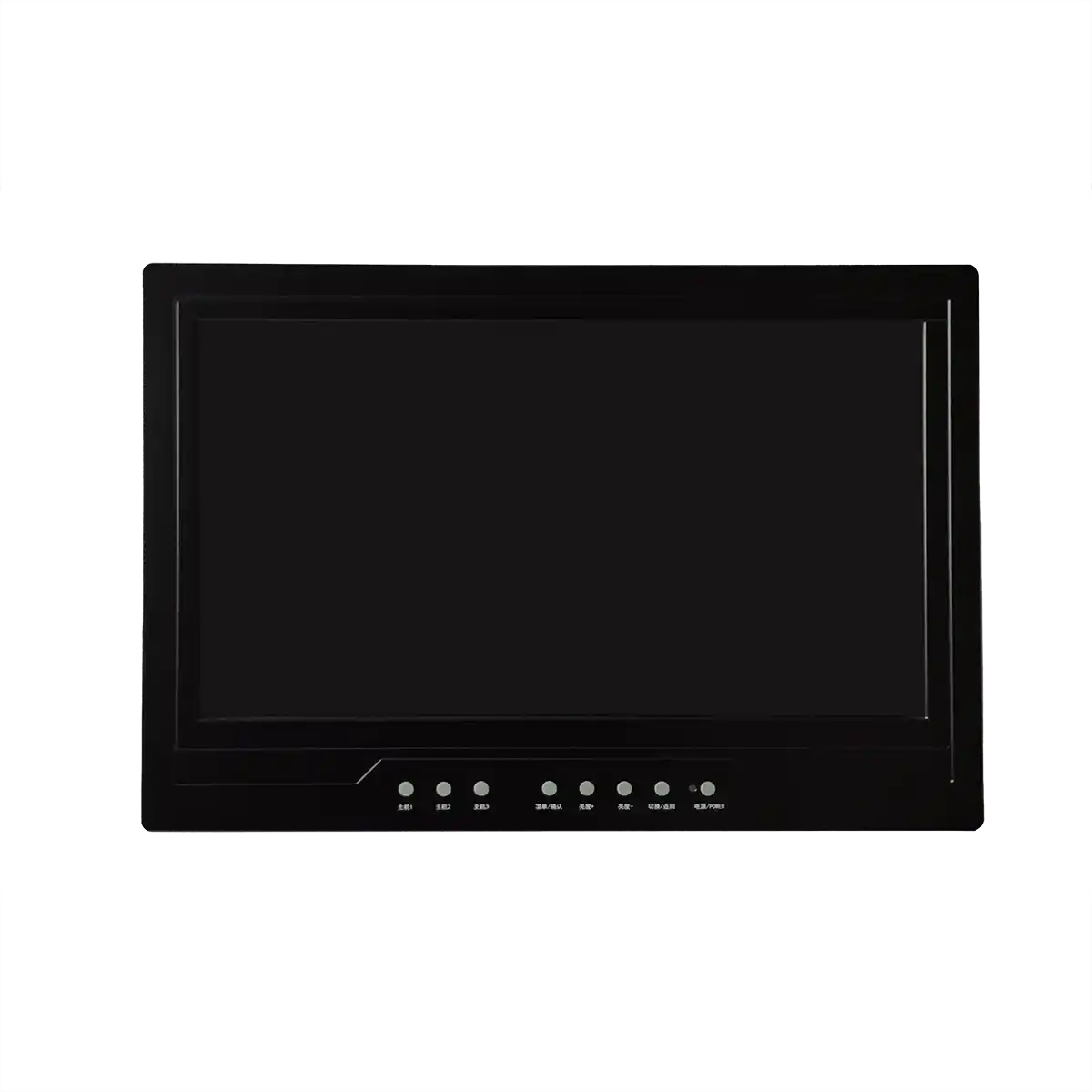Top 10 Misconceptions in Industrial LCD Panel Selection
Author Bio:
This article is written by an engineering team with over ten years of experience in industrial display equipment R&D, covering HMI (Human-Machine Interface) design and implementation across multiple industries. We have participated in projects involving medical devices, smart factories, and automation control systems.
I. Introduction: Why Industrial LCD Panel Selection Matters
In modern industrial automation systems, LCD displays are not only the core component for human-machine interaction but also a crucial medium for device status monitoring, command input, and data visualization. An improper screen selection can lead to:
- Poor visual performance, affecting operational efficiency;
- Weak environmental adaptability, shortening equipment lifespan;
- Cost waste and frequent maintenance;
- Safety hazards, especially in high-risk or precision environments.
However, in actual engineering applications, many companies fall into common misconceptions during industrial LCD panel selection, leading to various issues later in the project. Based on years of practical experience, this article thoroughly analyzes the "Top 10 Misconceptions in Industrial LCD Panel Selection" and provides professional insights and actionable solutions.
II. Top 10 Misconceptions in Industrial LCD Panel Selection
Misconception 1: Focusing Only on Size, Ignoring Resolution and Pixel Density
Phenomenon:
Many users believe that larger screen size alone meets requirements, often overlooking how resolution and pixel density (PPI) impact visual clarity.
Expert Analysis:
- Resolution determines image sharpness, especially important for displaying charts, text, and icons;
- Higher PPI means sharper images, ideal for close-range viewing (e.g., handheld terminals, medical equipment);
- The same screen size with different resolutions can result in significant differences in image quality.
Solution:
Choose resolution based on viewing distance:
- Close range (<30cm): Recommend HD resolution (e.g., 1280×800 and above);
- Mid-to-long range (>50cm): Lower resolution may suffice to save costs;
- Use a PPI calculator (PPI = √(width² + height²)/diagonal).
Misconception 2: Overlooking Ambient Lighting Conditions and Blindly Pursuing High Brightness
Phenomenon:
Some companies blindly choose ultra-high brightness (≥1000 cd/m²) to ensure visibility under direct sunlight, ignoring power consumption, heat generation, and cost implications.
Expert Analysis:
- Screen brightness should match the usage environment:
- Indoor: 250~400 cd/m²;
- Semi-outdoor/bright lighting: 500~700 cd/m²;
- Outdoor/direct sunlight: ≥1000 cd/m² may be necessary;
- High-brightness panels usually require backlight enhancement modules, increasing power and thermal load.
Solution:
- Prioritize anti-reflective coating (AR Coating) or wide-view technology (IPS) for outdoor use;
- Choose brightness based on environmental testing rather than blindly pursuing high specs.
Misconception 3: Ignoring Environmental Adaptability Like Temperature and Humidity
Phenomenon:
Some clients focus only on functional specs without evaluating real-world environmental conditions, leading to failures in extreme climates.
Expert Analysis:
- LCD materials are sensitive to temperature; low temperatures may cause response delays or black screens;
- High humidity can cause condensation, corrosion, and circuit shorts;
- Industrial-grade panels vary in operating temperature ranges (common: -20°C to +70°C; advanced: -40°C to +85°C).
Solution:
- Clarify installation site parameters: temperature, humidity, vibration, dust;
- Select panels meeting IEC standards (e.g., IP65) or MIL-STD certifications;
- Add heating films, dehumidifiers, or sealed enclosures when needed.
Misconception 4: Ignoring Interface Compatibility Leads to Driving Issues
Phenomenon:
Clients focus on display specs but overlook interface types (LVDS, RGB, MIPI, HDMI), causing driving difficulties or even failure to power on.
Expert Analysis:
- Different interfaces support varying max resolutions, refresh rates, and transmission speeds;
- Main control platforms (ARM, FPGA, DSP) must match screen interfaces;
- Mismatches may require additional conversion chips or mainboard replacements.
Solution:
- Confirm output interface type of the main control platform;
- Request timing diagrams and driver samples from suppliers;
- Evaluate FPGA conversion or TCON module options for non-standard interfaces.
Misconception 5: Neglecting Touch Technology and Compatibility
Phenomenon:
Many default to capacitive touchscreens but face poor performance in glove-wearing or humid environments.
Expert Analysis:
| Touch Type | Features | Suitable Scenarios |
|---|---|---|
| Resistive | Low cost, supports any object | Glove operation, industrial settings |
| Capacitive | Multi-touch, high sensitivity | Consumer electronics, clean environments |
| Surface Acoustic Wave | Strong interference resistance, high transmittance | Public info terminals, education |
Solution:
- Choose touch type based on operation habits, environment, and budget;
- For glove use, consider high-sensitivity capacitive or pressure-sensitive;
- Verify compatibility between touch IC and main control system.
Misconception 6: Ignoring Color Performance and Viewing Angle
Phenomenon:
Some mistakenly assume all LCDs deliver accurate colors, only to find color distortion when viewed from the side.
Expert Analysis:
- TN panels are cheap but have narrow viewing angles (~60°), leading to color distortion;
- IPS panels offer 178° viewing angles and better color reproduction;
- Medical, inspection, and imaging industries demand strict color consistency.
Solution:
- For color-critical applications (e.g., medical imaging), choose IPS or ADS panels;
- Request sRGB/NTSC coverage data from manufacturers;
- Consider adding optical compensation film (OCF) to improve contrast and angle.
Misconception 7: Ignoring Lifespan and Reliability Metrics
Phenomenon:
Clients focus on price and specs but ignore the LCD's expected lifespan and long-term stability.
Expert Analysis:
- LCD lifespan mainly depends on LED backlight degradation;
- Industrial-grade panels typically last ≥50,000 hours (MTBF);
- Some consumer-grade panels last only ~20,000 hours without redundancy.
Solution:
- Review MTBF reports and aging test data;
- Prefer industrial-grade panels with high-quality LED backlights;
- For 24/7 use cases, choose products with heat dissipation design.
Misconception 8: Ignoring EMI/EMC Electromagnetic Compatibility Requirements
Phenomenon:
In high-frequency or precision control systems, LCDs become sources of electromagnetic interference, causing system instability.
Expert Analysis:
- LCD backlight circuits generate high-frequency noise;
- Without EMC certification, they can affect system stability and safety;
- EMC compliance is mandatory in defense, rail transit, aerospace.
Solution:
- Request Class B or A EMC certification from suppliers;
- In high EMI environments, use shielding covers or metal housings;
- Reserve space for filtering circuits during PCB design.
Misconception 9: Ignoring Overall Module Integration Difficulty
Phenomenon:
Some clients buy bare panels or semi-finished modules, only to encounter mechanical mounting, electrical connection, and driver debugging issues.
Expert Analysis:
- Modules include glass, backlight, PCB, driver IC, housing;
- Design variations among vendors make interchangeability difficult;
- Self-integration requires expertise in FPC routing, power management, signal synchronization.
Solution:
- Prefer complete modules (COG/COF/TAB) to reduce development difficulty;
- Request mechanical drawings, interface definitions, and SDKs;
- For mass production, consider OEM customization.
Misconception 10: Ignoring Supply Chain Stability and Technical Support Capability
Phenomenon:
Some opt for cheaper small suppliers only to face supply disruptions and lack of technical support later.
Expert Analysis:
- Industrial LCDs have long lifecycles (typically 3–5 years); continuous supply is essential;
- Reputable suppliers should have mature quality systems (ISO9001, IATF16949);
- Technical support level directly impacts project success.
Solution:
- Prioritize well-known domestic and international brands or suppliers with proven track records;
- Sign long-term supply agreements and clarify end-of-life warnings;
- Establish communication channels for timely support during development, testing, and production.
III. Summary: Key Elements for Scientific Selection
Industrial LCD panel selection is a systematic process and should not rely solely on single parameters or pricing. Below is a decision-making framework we’ve developed through multiple projects:
| Evaluation Dimension | Key Factors | Recommended Practice |
|---|---|---|
| Display Performance | Resolution, brightness, viewing angle, color accuracy | Choose based on usage distance and purpose |
| Environmental Adaptability | Temperature, humidity, waterproof rating | Assess installation environment in advance |
| Interface & Driver | LVDS/RGMII/MIP/HDMI | Ensure compatibility with main control |
| Touch Method | Resistive/Capacitive/Surface Acoustic Wave | Choose based on operation habits |
| Lifespan & Reliability | MTBF, LED life, EMC level | Choose industrial-grade products |
| Integration Difficulty | Module completeness, driver support | Prefer mature modules |
| Supply Chain Assurance | Brand strength, delivery time, tech support | Choose stable, reliable suppliers |
IV. Conclusion: Building Reliable Human-Machine Interfaces Through Experience
As an indispensable part of modern equipment, LCD panels not only determine product functionality but also directly affect user experience and system stability. We hope this article helps readers identify common pitfalls and enhances the professionalism and foresight of their selection processes.
If you have specific LCD panel selection challenges in your project, feel free to leave a comment or contact our expert team for one-on-one consultation.
Recommended Articles
-
Optimizing Human-Machine Interf
2025-05-29 -
Hangzhou LEEHON Technology Reco
2025-05-28 -
Report: Handheld Drone Ground C
2025-05-27 -
Report Title: Display Screen Se
2025-05-27 -
Downhole Operation Equipment Sc
2025-05-26 -
Optimizing Rail Transit Cockpit
2025-05-26 -
LCD Screen Selection and Soluti
2025-05-23 -
Optimizing Industrial Teach Pen
2025-05-23 -
How to Select a Screen for Ultr
2025-05-22 -
Optimal Infrared Display Select
2025-05-21 -
Machine Tool Control Panel Scre
2025-05-21 -
LCD Screen Selection Strategy a
2025-05-20 -
G057VN01 V2 LCD Panel for Cutti
2025-05-15 -
Why the Textile Industry Choos
2025-05-09 -
Outstanding Application and Adv
2025-04-28 -
Paperless Meeting System LCD Sc
2025-04-15 -
LEEHON's Comprehensive Screen S
2024-11-29 -
LEEHON's Comprehensive Screen S
2024-11-29 -
G104XVN01.0 as a Solution for W
2024-10-09 -
G190ETN01.4 and G150XTN06.0 as
2024-10-09

